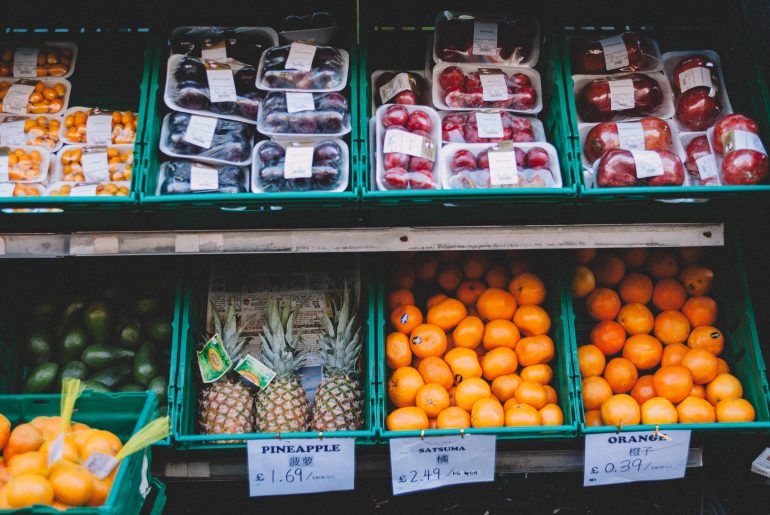First it was peanuts that we were trashing. Then came time to toss the romaine, avocado, veggies, beef, potatoes, flour, and then the eggs. The ingredients we’ve lost lately due to nationwide food recalls reads like a grocery list for a decadent holiday meal. While we’re horrified that so many people are getting sick from salmonella and other foodborne illnesses lately, it’s also worth considering your wallet. Are any of these companies willing to pay us back for the food we’re missing out on?
The answer is yes, but you have to pay close attention to the recall directions.
If you see a recall for a product you purchased, verify that your item has the specific code, sell by date, or whatever other identifying mark the company is using. Then you’ll have to determine who is responsible for giving you your refund. You can check the FDA’s website for a full list of food safety recalls and latest updates.
From there, you can click on the recall (or recalls) you think might affect you. You will be given direction on how to recover your funds.
…And if you remember nothing else from this article, always, always, always, save your grocery receipts. They could be worth big bucks to you over time in the event of continued recalls. (And with the state of food manufacturing in America, there is no sign of them stopping anytime soon.)
How will my food recall refund be returned to me?
Different recalls have different rules, often times depending on who is responsible for the problem. Here are a few common ways your refund might be handled:
1. You’re asked to return the product to the specific store you purchased it. You return the recalled item to the exact store where you purchased it. They’ll likely credit your card or return your cash on the spot.
The upside: Because you’ll get your money back quickly, you aren’t on the hook for using a coupon or anything to ever buy the product again. If you don’t trust the company after the scare happened, you don’t have to do business with them again.
The downside: You have to remember where you bought it and drive back to that store. If you don’t save receipts or if you shop at different stores, this could leave you empty handed.
2. You’re asked to return the product to any store in a particular chain. If it’s a grocery store doing the recall, you’ll likely have the option to return the item to any one of its chain locations.
The upside: It gives you a bit more freedom for returns. Perhaps you only grocery shop at one store on the weekend, but you pass different location on your way to work during the week. You can return your product earlier without have to wait to go back to the exact location.
The downside: You may need to show a receipt. Plus, you still have to get yourself to a store.
3. Show a receipt for a refund. This one is easy because you can go to just about any grocery store of any chain to claim your refund.
The upside: You don’t have to bring in the recalled product, you just have to show a receipt of purchase. Plus, you don’t have to lug around that recalled sack of potatoes or those oozing ground beef patties in your car.
The downside: You’ll definitely need a receipt. And since it’s something you might have purchased months ago, like say flour, you’re going to have to dig if you don’t have a receipt filing system already in place.
4. Call the manufacturer or receive refund by mail. This one is great because the company is taking the hard work out of the recall. Sometimes, if it’s the manufacturer’s fault, they’ll set up a hotline for you to call in and verify you’ve been hit by the recall. Then they’ll simply ask for your address and send you a coupon for a free product replacement. In other situations, you may be asked to main in the item code for similar reward.
The upside: You don’t have to leave the house! And most times, a receipt isn’t necessary — just the UPC code or other indicator. Plus, you can toss the item in the trash as soon as you’ve handled the phone call or mailed in your code.
The downside: You don’t have a choice if you want to trust that company again. They’re sending you a coupon because they want to keep your business, but, if the company’s error was so grave that you could never trust them again, you’re out your money. Plus, you could be spending some cash on the stamp to mail the recall notice, and your coupon reimbursement may take a few weeks to arrive.
So the next time you hear about a recall and find you have the offending food in your fridge or pantry, resist the urge to trash it. You can save a few bucks and make sure the company knows its consumers are paying close attention.
Also see, More people get sick from this food than any other, according to the CDC.




